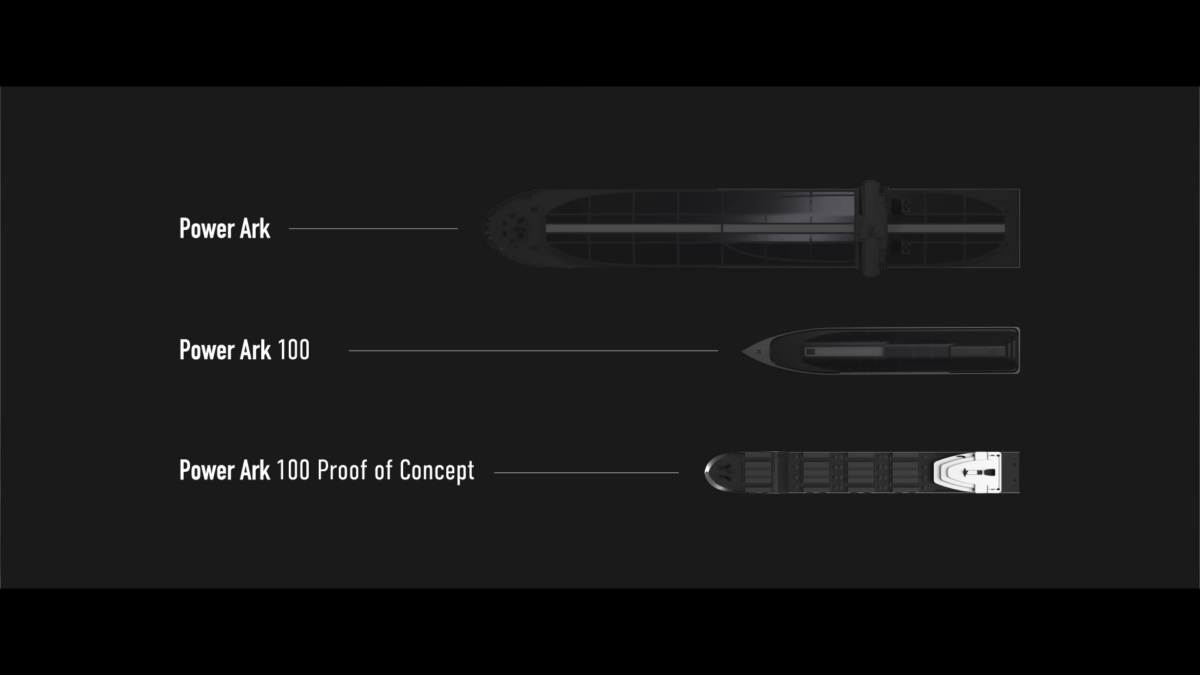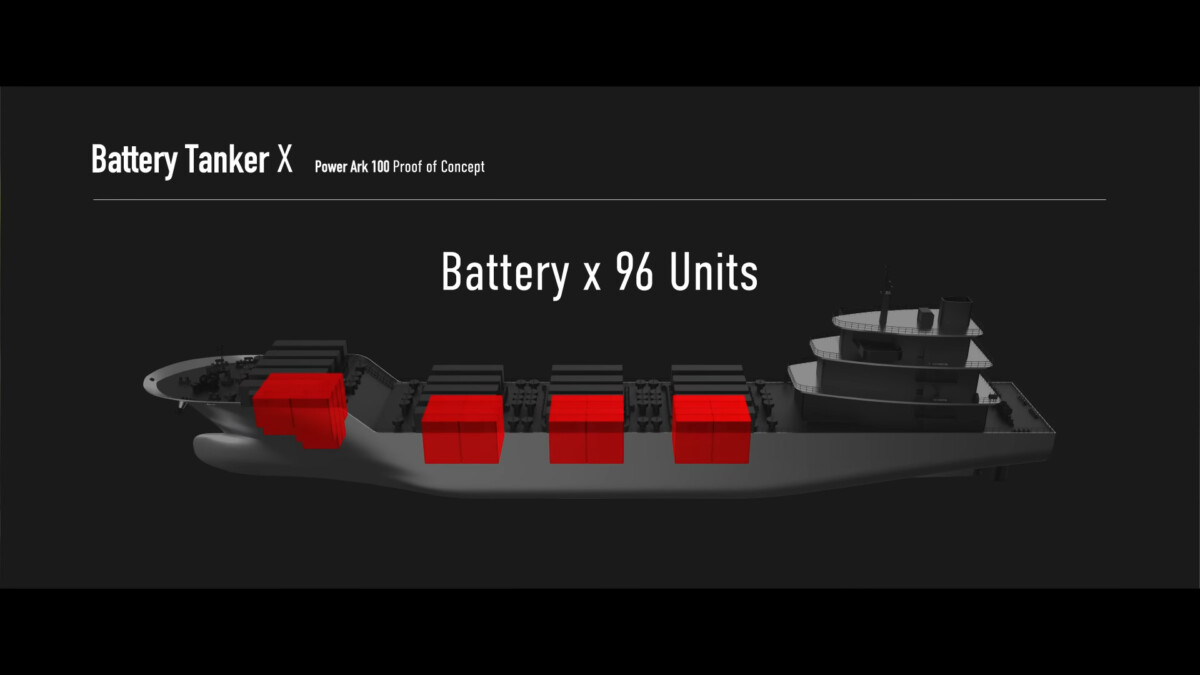The smell of crude oil on the high seas! What more could one want? Well, apparently a startup called PowerX has found the answer to that question: batteries.
Today, energy crosses the oceans and seas in a polluting way, thanks to huge ships carrying fossil fuels. This process is harmful to the environment due to greenhouse gas emissions. In addition, the risk of maritime accidents, such as oil spills, is a major ecological issue.
While some regions enjoy geographic advantages, such as proximity to energy resources, others depend or will depend on energy produced elsewhere. It is therefore essential to find a sustainable and environmentally friendly solution for the transport of energy.
Replace those good old tanks filled with fossil fuels with battery-powered “tanks”
PowerX, a Japanese startup, plans to radically transform maritime energy transport. Their idea? Replace those good old vats filled with fossil fuels with battery-powered “cisterns”.
The company is working on the development of an “energy transmission ship” that will be able to transport renewable energy around the world. PowerX’s ambition is to create a true “ocean power grid”, using ships to transport clean energy from one place to another.

PowerX is far from a small startup. It is currently building its own gigafactory, which is expected to produce an annual capacity of five gigawatt hours (GWh). It’s a bold move with big ambitions.
Battery Tanker X by PowerX
The first Battery Tanker X of PowerX, a 140 meter long vessel, was recently unveiled. And hang in there, it has a range of 300 kilometers. Yes, it’s not much, but it seems that it’s enough to transport energy from offshore wind farms or to supply islands with energy.
You know, where the undersea cables aren’t laid because there’s too much tectonic plate movement or it’s just too deep. Indeed, the main objective of the battery ship is not to cross vast expanses of ocean, but rather to supply energy to specific places.
THE ” Battery Tanker X is equipped with 96 marine-grade LFP batteries, each with a capacity of 2.5 MWh, allowing a total of 241 MWh of renewable energy to be stored. According to PowerX, this battery design is highly scalable and can be expanded in the future to increase energy storage capacity.
Plus, that 300 kilometers of range is just the start, and we can expect that distance to increase significantly in the future, with more battery capacity for the electric motor as well.
But as Tesla and Elon Musk specify in Part 3 of the Master Plan, the transport boats will be electric (and not necessarily hydrogen), with recharging stops for intercontinental connections. As with an electric car, a long range is not necessarily necessary, thanks to fast charging.

According to PowerX CEO Masahiro Ito, the first ship is expected to be completed in 2025, with the first practical tests to begin the following year.
In conclusion, PowerX’s vision is not only ambitious, but also hopeful. If successful, it could revolutionize the transport of energy across the oceans, making it more sustainable and more environmentally friendly. It could also offer renewable energy solutions to regions that need it most. It remains to be seen whether PowerX will succeed in implementing their ambitious plan, but one thing is certain: we will keep a close eye on their progress.
To follow us, we invite you to download our Android and iOS application. You can read our articles, files, and watch our latest YouTube videos.
